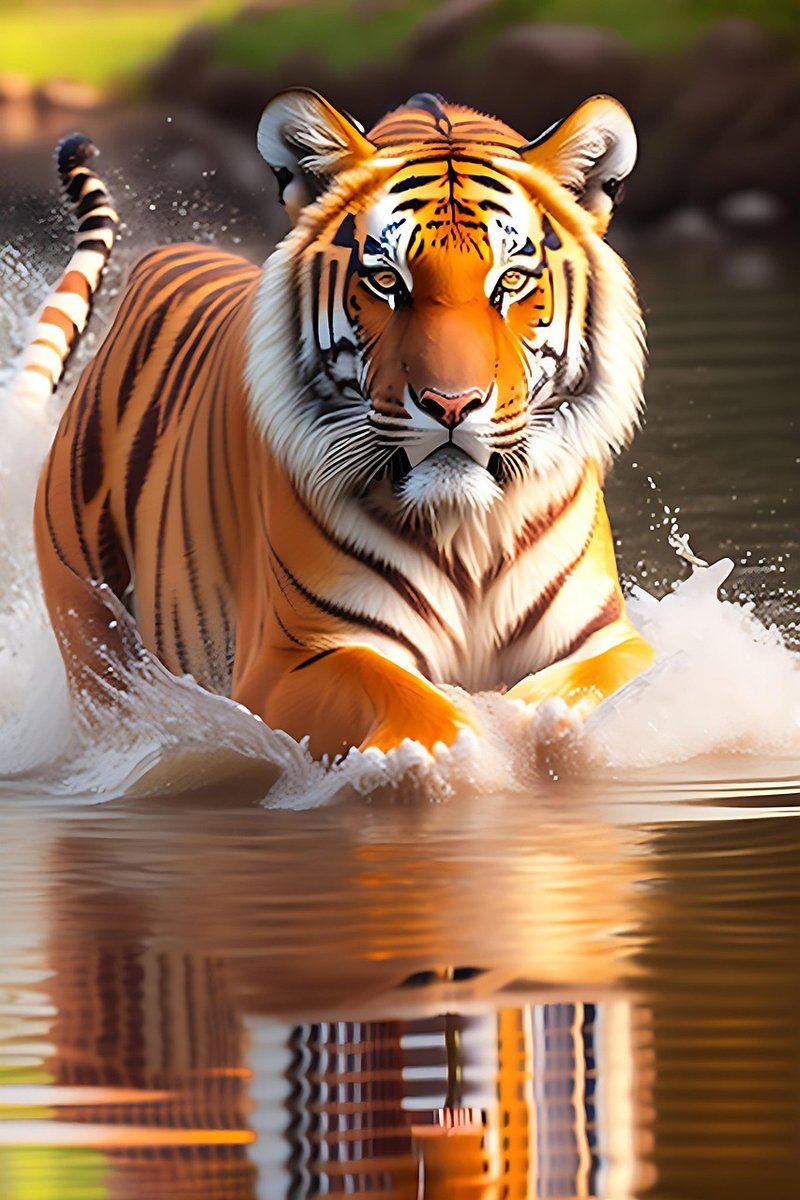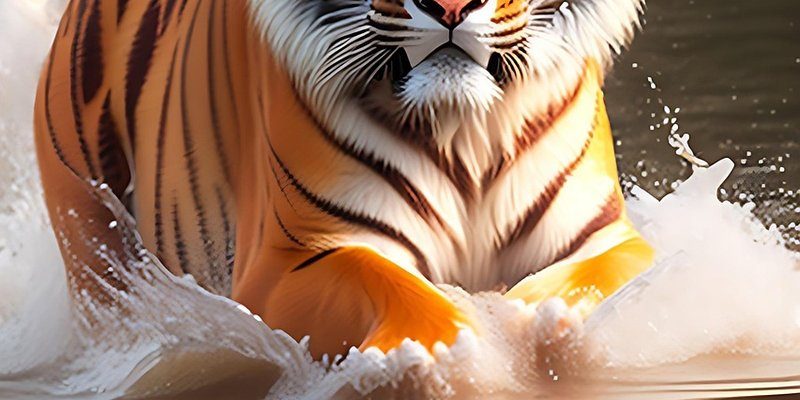
Understanding whether cods are endangered is more than just a casual inquiry; it’s a window into the health of our oceans and a call to action for conservation efforts. Just like a car needs all its parts to run smoothly, healthy fish populations are essential for vibrant marine ecosystems. In this article, let’s dive deep into the status of cod species and what conservation efforts are in place to ensure their survival.
The Status of Cod Populations
Cod is a broad term that usually refers to a few species, including the Atlantic cod and Pacific cod. Both have been iconic in global fishing industries and have significant cultural importance. However, recent data paints a troubling picture. The Atlantic cod, once abundant in the waters off New England, has faced dramatic declines, with some stocks hovering dangerously close to collapse.
In fact, the Northwest Atlantic Fisheries Organization (NAFO) has classified some cod populations as endangered or vulnerable. You might be wondering how these classifications affect fishing quotas and regulations. Well, stringent measures are frequently implemented to protect the most at-risk populations, which can impact fishermen’s livelihoods and local fishing communities. That’s a delicate balance, isn’t it?
On the other hand, Pacific cod has been somewhat more stable. While they too face pressures, their populations are managed differently, often with more successful outcomes. Some regions are still seeing healthy stocks, thanks to better management practices and a more sustainable fishing approach.
Why Are Cods at Risk?
Several factors contribute to the decline of cod populations, and it’s not just one issue at play. Overfishing is the most significant culprit. For decades, the demand for cod has skyrocketed, leading to intense fishing pressure. Picture this: a fishery that once thrived is now struggling to keep up with the relentless demand. Fishermen often catch more than can be sustainably replenished, which leads to declining numbers.
Then there’s climate change, which is shifting water temperatures and ocean currents. Cod are sensitive to changes in temperature and their habitats, so when the water warms, they might migrate to cooler areas. This can make them harder to find and catch, disrupting traditional fishing grounds and communities dependent on them. It’s like trying to chase down a moving target!
Lastly, habitat destruction plays a role. Pollution, ocean floor trawling, and urban development have degraded the environments where cod spawn and thrive. If the places where fish reproduce are damaged, their numbers can’t recover properly. It’s a tough cycle that needs urgent attention.
Conservation Efforts for Cod
Conservation isn’t just a buzzword; it’s an essential focus for restoring fish populations and marine ecosystems. Thankfully, several initiatives are being put into practice to help protect cod species. One of the most effective strategies is implementing fishing quotas—limits on how much fish can be caught in a given area.
Countries like Canada and the United States have established strict regulations for cod fishing, ensuring that catches are sustainable. These quotas can help rebalance fish populations over time, allowing the stocks to recover naturally. But here’s the thing: enforcing these regulations is crucial. Without proper monitoring, some may cut corners, undermining the very efforts to protect cod.
Another approach is marine protected areas (MPAs). By designating specific regions of the ocean as off-limits for fishing or industrial activity, we create safe havens for fish to thrive. MPAs not only protect cod but also support the entire ecosystem. It’s like building a sanctuary where fish can grow without fear of being caught.
The Role of Aquaculture
Aquaculture, or fish farming, is becoming a popular alternative to wild fishing. Instead of depleting ocean stocks, farms can produce cod in controlled environments. This method has its pros and cons, though. On one hand, it alleviates pressure on wild populations, potentially allowing them to recover. On the other, intensive farming can lead to its own set of challenges, like disease outbreaks and pollution.
A successful aquaculture operation aims to mimic natural conditions, allowing fish to grow healthily. Some innovative methods focus on creating more sustainable practices, reducing environmental impact, and ensuring that these farmed cod are as healthy as their wild counterparts. You might be wondering, could this be a solution to the cod crisis? It definitely has promise, but it needs to be managed responsibly.
What Can You Do to Help?
You don’t have to be a marine biologist to make a difference in the fate of cod. Here are some easy steps you can take to contribute to conservation efforts:
- Choose sustainable seafood: Look for labels and certifications that indicate whether the fish has been caught or farmed responsibly.
- Support local fisheries: Whenever possible, buy from local fishermen who practice sustainable fishing methods.
- Raise awareness: Talk about the importance of conservation and share information with friends and family.
- Advocate for policy change: Contact local representatives to support initiatives that protect fish populations and their habitats.
Taking these small actions can create ripples of change. You might be surprised at how impactful individual choices can be, especially when they add up to collective action.
The Future of Cod
The future of cod populations hinges on our actions today. While challenges like overfishing and climate change loom large, there’s still hope. With strict regulations, conservation initiatives, and responsible consumer choices, we can help restore these iconic fish to healthier numbers.
It’s essential to keep the dialogue around cod conservation alive, not just among scientists and policymakers but within our communities, too. When we understand the challenges faced by cod and the steps we can take, we empower ourselves and each other to protect not just cod, but our oceans as a whole.
In conclusion, cod aren’t just a fish; they represent a living resource that connects us to the ocean’s health. By staying informed and involved, we can ensure that future generations of cod—and the ecosystems they support—thrive for years to come. Let’s keep this conversation going and work together for a healthier ocean!

